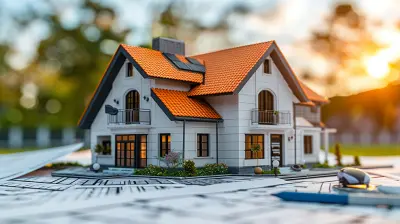Urban Living Trends: How Cities are Shaping the Future of Real Estate
26 July 2025
Urban living is evolving at a breakneck speed. The way people interact with cities is changing, and with it, the dynamics of real estate. Whether it's the rise of smart technology, sustainable developments, or shifting work cultures, urban environments are adapting to new demands.
So, how exactly are these trends shaping the future of real estate? Let's dive into the key urban living trends that are defining the next era of city living.
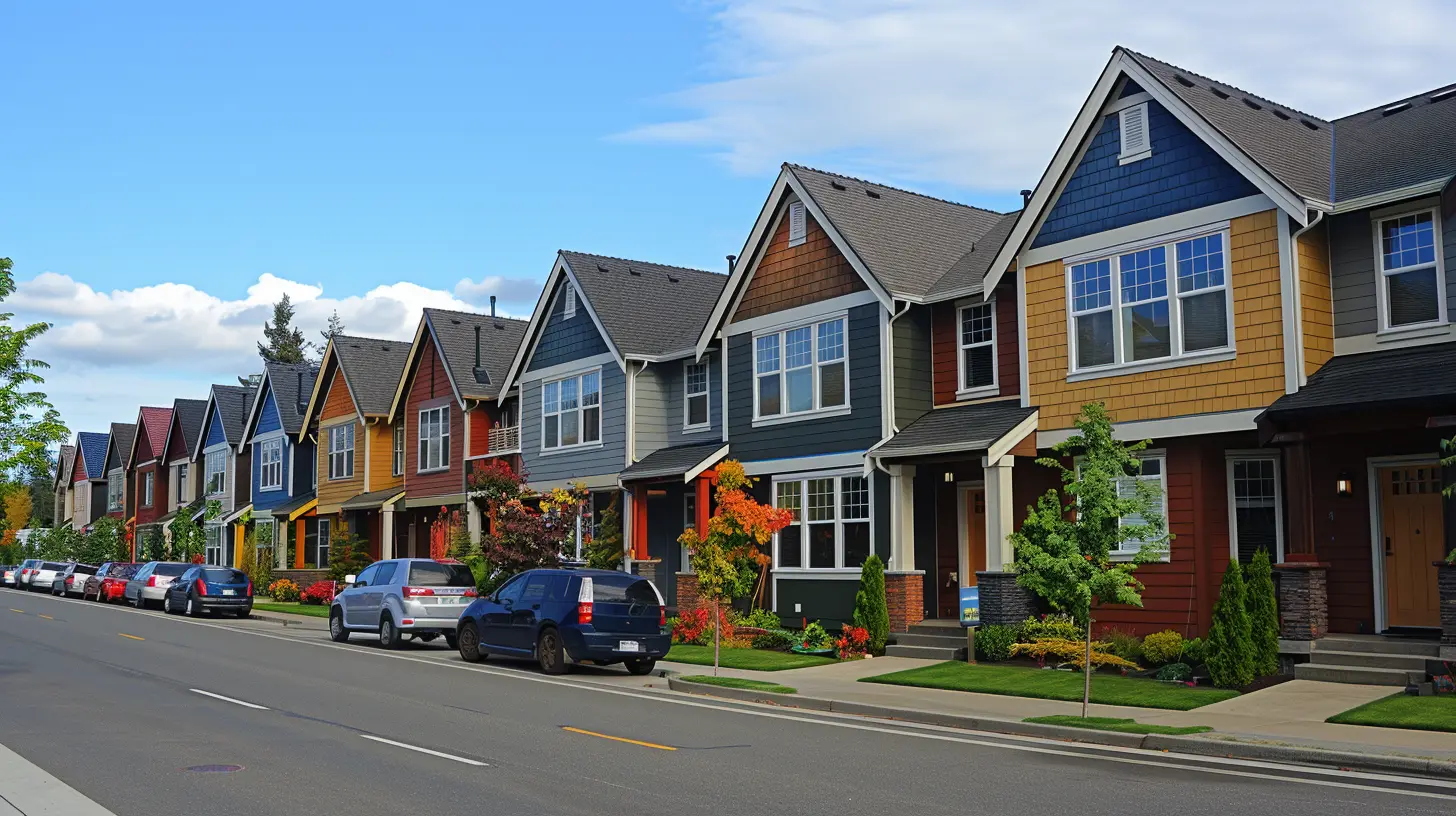
1. The Smart City Revolution
Technology is transforming urban spaces into smarter, more efficient environments. From AI-driven infrastructure to automated home systems, cities are leveraging cutting-edge innovations to enhance daily life.a. Smart Homes & IoT Integration
Smart home technology, powered by the Internet of Things (IoT), is becoming a standard feature in modern real estate. Smart thermostats, voice-controlled lighting, and security systems provide convenience while increasing energy efficiency.Buyers and renters now expect these high-tech features, making them essential for property developers who want to stay competitive.
b. Data-Driven Urban Planning
Cities are using big data to optimize traffic flow, reduce energy consumption, and improve public services. Think of city-wide smart sensors adjusting street lighting based on foot traffic or AI-powered waste management systems adjusting collection schedules dynamically.As cities get smarter, real estate investments in well-connected, tech-friendly neighborhoods will see higher demand.
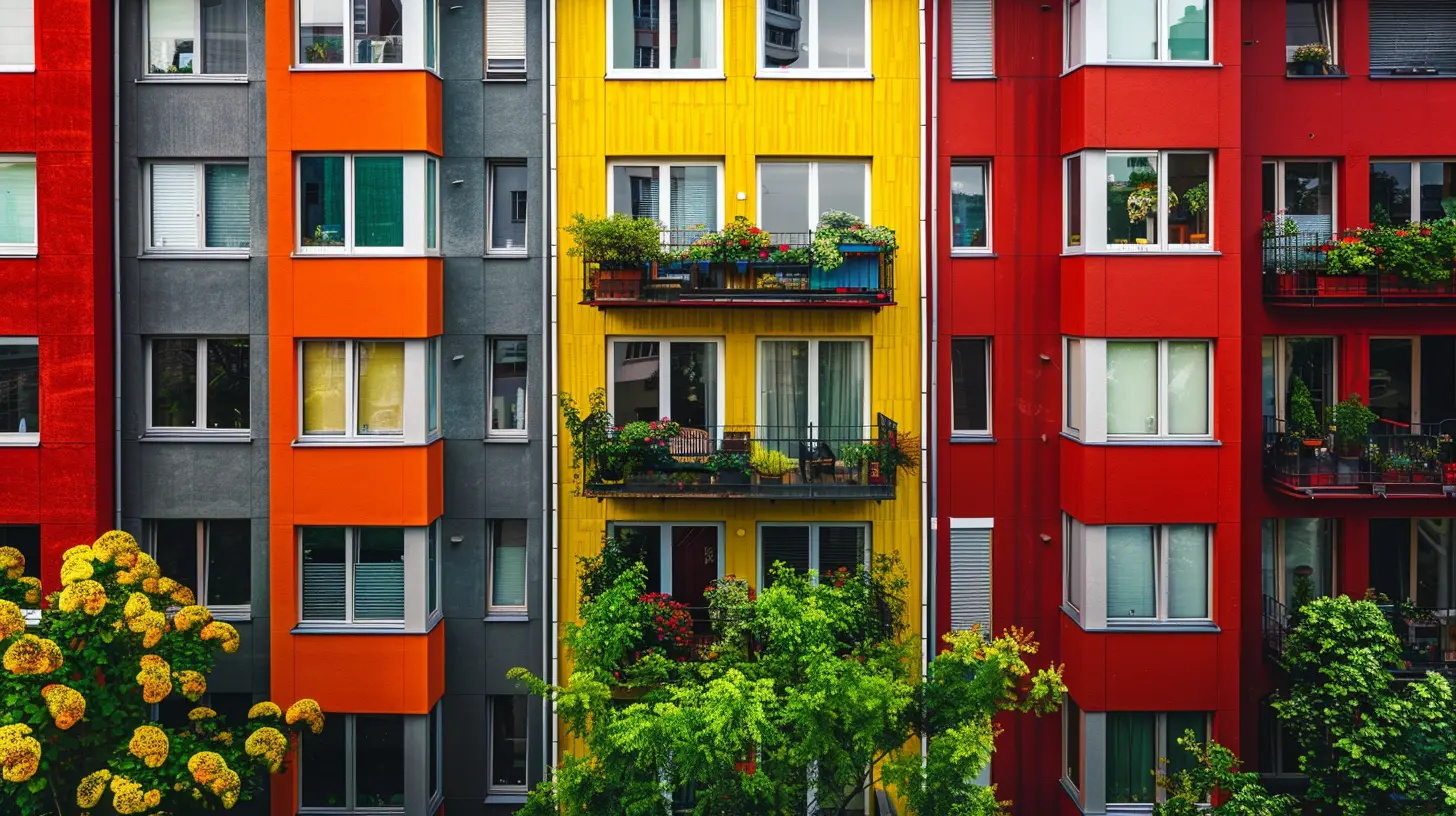
2. Sustainable and Eco-Friendly Living
Sustainability is no longer a trend—it's a necessity. With climate change concerns rising, urban developments are prioritizing green living solutions.a. Green Buildings & Eco-Friendly Architecture
Eco-conscious designs, including green roofs, solar panels, and energy-efficient windows, are becoming the norm. LEED-certified buildings are not only environmentally friendly but also attract eco-conscious buyers willing to pay a premium for sustainable living.b. Walkable Neighborhoods & Public Transport Focus
Today's urban dwellers prioritize accessibility. Walkability scores influence real estate decisions, as people prefer locations with easy access to public transport, shops, and entertainment. As cities invest in bike lanes and pedestrian-friendly spaces, real estate in these areas becomes more attractive.c. Vertical Gardens & Urban Farming
Urban farming and vertical gardens are bringing nature into city landscapes. Rooftop farms and community gardens enhance air quality, provide fresh produce, and improve mental well-being—making properties with access to green spaces highly desirable.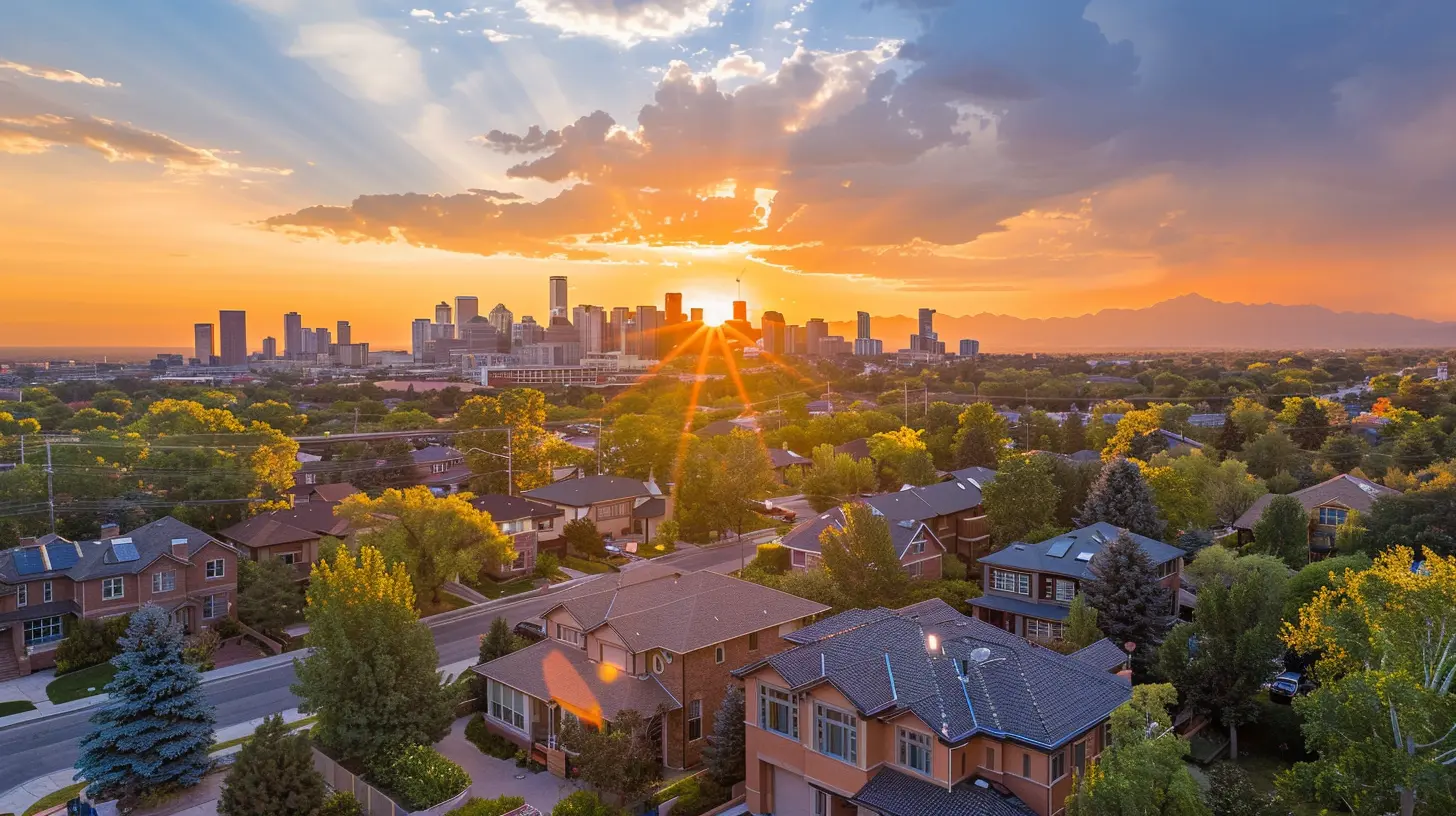
3. The Rise of Mixed-Use Developments
Gone are the days when people just lived in one area and traveled elsewhere to work and socialize. Mixed-use developments—where residential, commercial, and recreational spaces coexist—are redefining urban real estate.a. Work, Live, Play Model
People want everything within arm’s reach. Whether it’s an office on the fifth floor, a gym on the third, or a trendy café on the ground level, mixed-use developments create a seamless urban lifestyle.b. 24/7 Cities & The Demand for Convenience
Urban dwellers crave convenience. Mixed-use developments provide around-the-clock accessibility to amenities like supermarkets, fitness centers, and co-working spaces. This trend is leading to a decline in traditional standalone office buildings, as hybrid spaces offer more flexibility.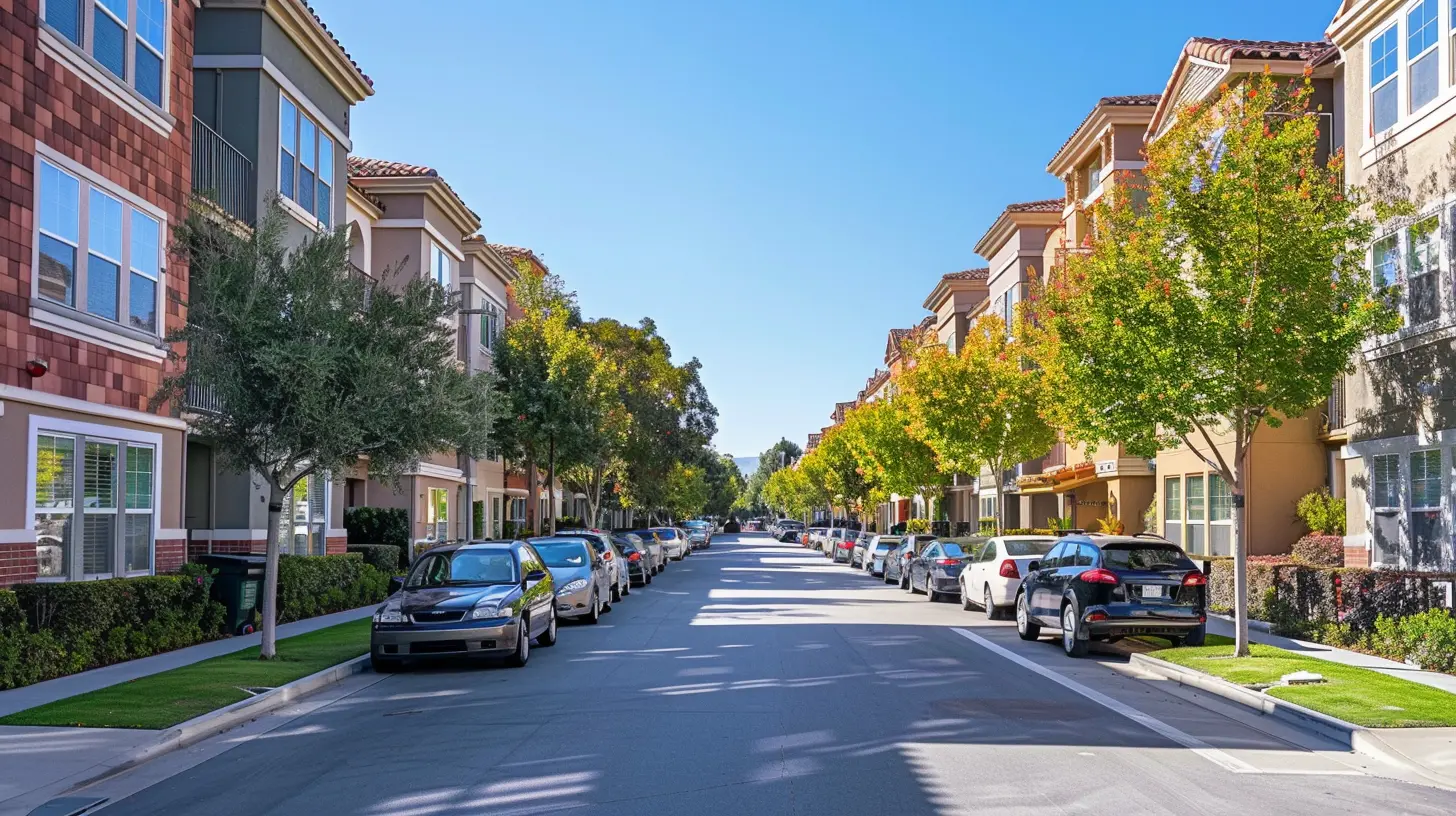
4. Remote Work’s Impact on Real Estate
The pandemic permanently altered how people work, and cities are shifting to accommodate this new reality.a. Home Offices & Co-Working Spaces
With remote work becoming the norm, homebuyers are looking for properties with dedicated office spaces. At the same time, co-working hubs are thriving in cities, offering flexibility without the isolation of home offices.b. Suburban and Secondary City Boom
As remote work eliminates the need for daily commutes, people are moving away from expensive metro areas to more affordable secondary cities. Real estate in growing suburbs is experiencing a boom, as homebuyers seek more space at lower costs.5. The Evolution of Rental Markets
Urban real estate isn’t just about homeownership—rental trends are shifting, too.a. Build-to-Rent (BTR) Properties
With housing prices soaring, renting has become a long-term option for many. Developers are responding with build-to-rent properties designed specifically for renters, offering premium amenities without the burden of ownership.b. Co-Living Spaces
Co-living is gaining traction, especially among millennials and Gen Z professionals. Think of it as an upgraded version of dorm living—fully furnished apartments with shared kitchens and common areas, all wrapped in a community-driven environment.6. The Demand for Wellness-Oriented Real Estate
Mental and physical well-being are now top priorities, influencing real estate design in unexpected ways.a. Biophilic Design & Natural Elements
Incorporating nature into urban spaces is no longer just an aesthetic choice—it’s a necessity. Buildings with access to natural light, green walls, and open-air areas promote mental well-being and reduce stress.b. Health & Wellness Amenities
From meditation rooms to air-purifying ventilation systems, wellness is taking center stage in urban real estate. Property developers are prioritizing features that enhance both physical and mental health, making wellness-centric properties highly desirable.7. The Integration of AI and Robotics in Real Estate
Artificial intelligence and robotics are silently revolutionizing the real estate industry.a. AI-Powered Property Management
AI-driven property management systems are optimizing building operations, from energy consumption to security management. Smart algorithms predict maintenance needs, reducing costs and enhancing the tenant experience.b. Automated Construction & 3D-Printed Homes
Robotic construction and 3D-printing are making real estate development faster and more affordable. While still in its early stages, this trend could soon disrupt the entire industry, making homes more accessible to a larger population.Conclusion: The Future of Urban Living
Cities are evolving in response to new lifestyles, technologies, and environmental challenges. From smart cities to wellness-driven spaces, urban real estate is being redefined in ways we never imagined before.For investors, homebuyers, and city dwellers alike, understanding these trends isn't just beneficial—it’s essential. Whether you're looking for your next home or planning an investment, keeping an eye on these shifts will help you make smarter, future-proof real estate decisions.
all images in this post were generated using AI tools
Category:
Urban LivingAuthor:

Camila King
Discussion
rate this article
1 comments
Devin McGill
Cities drive innovation; urban living redefines real estate.
August 5, 2025 at 10:58 AM

Camila King
Absolutely! Urban environments foster collaboration and creativity, making them pivotal in shaping real estate trends and innovations.


